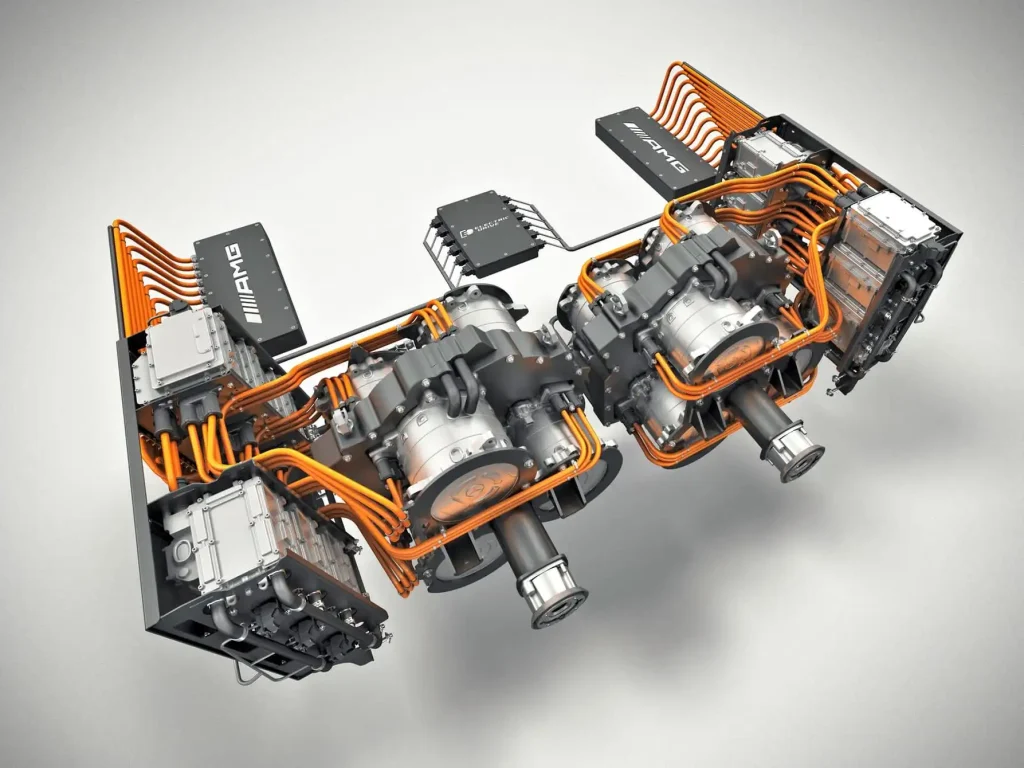Tuesday, December 24, 2024
KNOW YOUR ENGLISH
Monday, December 23, 2024
A CLEANER AND GREENER TOMORROW
Electric Vehicles
Electric vehicles (EVs) are like magical cars that run on electricity instead of petrol or diesel. They are becoming increasingly popular in India and all around the world.
What are Electric Vehicles? Electric vehicles, also known as EVs, are a special kind of car. Instead of a traditional petrol or diesel engine, these cars use electricity to move. They have big batteries inside them, just like the one in your remote control car, but much bigger!
How Do They Work? EVs work fascinatingly. They have an electric motor that gets its power from the big battery. When you press the accelerator pedal, the electric motor starts turning the wheels, and the car moves. It’s like a silent and super-fast toy car.

Why Are EVs Important? EVs are essential for many reasons. First, they are much better for the environment. When regular cars use petrol or diesel, they produce harmful gases that make the air dirty and cause climate change. EVs, on the other hand, produce zero emissions because they run on clean electricity.
Cost-Efficient: Electric cars are also cost-efficient in the long run. Though they might be a bit more expensive, they save money because electricity is cheaper than petrol or diesel. Plus, you don’t need to change the oil, and EVs have fewer moving parts, so they don’t need as much maintenance.
Help Reduce Noise Pollution: EVs are incredibly quiet, making them great for cities. Traditional cars can be noisy, but with electric cars, you can enjoy a peaceful drive without the loud engine sounds.
Charging an EV: You need to charge an EV, just like charging your tablet or phone, to make it go. You can do this at home by plugging the car into a special socket or finding charging stations around the city. Some EVs can go a long way on a single charge, just like your toy car, lasting a long time with fresh batteries.

Electric Cars in India: Electric vehicles are catching on in India too! Many car companies are making electric cars, and you can see them on the roads. The Indian government also gives incentives and support to promote EVs to make our air cleaner.
So, electric vehicles are like the heroes of the car world, helping to fight air pollution and make the world a cleaner and greener place. They are not only cool but also kind to the planet.
Sunday, December 22, 2024
DO YOU KNOW
Saturday, December 21, 2024
CALMING THE CHAOTIC MIND
Friday, December 20, 2024
THE LAND OF BLACK MAGIC
Thursday, December 19, 2024
WORLD’S FIRST X-RAY
Wednesday, December 18, 2024
TRADITIONAL JAPANESE LONGBOW
Ending Plastic Pollution
WORLD ENVIRONMENT DAY 2025 Every year on June 5th, the world comes together to celebrate World Environment Day, a global event dedicated to ...

-
ANNABELLE The real Annabelle doll is a well-known case of alleged paranormal activity, made famous by Ed and Lorraine Warren, two well-know...
-
If AI is so clever, why can't it solve a CAPTCHA? CAPTCHAs (Completely Automated Public Turing test to tell Computers and Humans Apart) ...
-
Jump From Failure to Success Just because you experience a setback does not mean it's time to give up, in fact failure means you have le...











